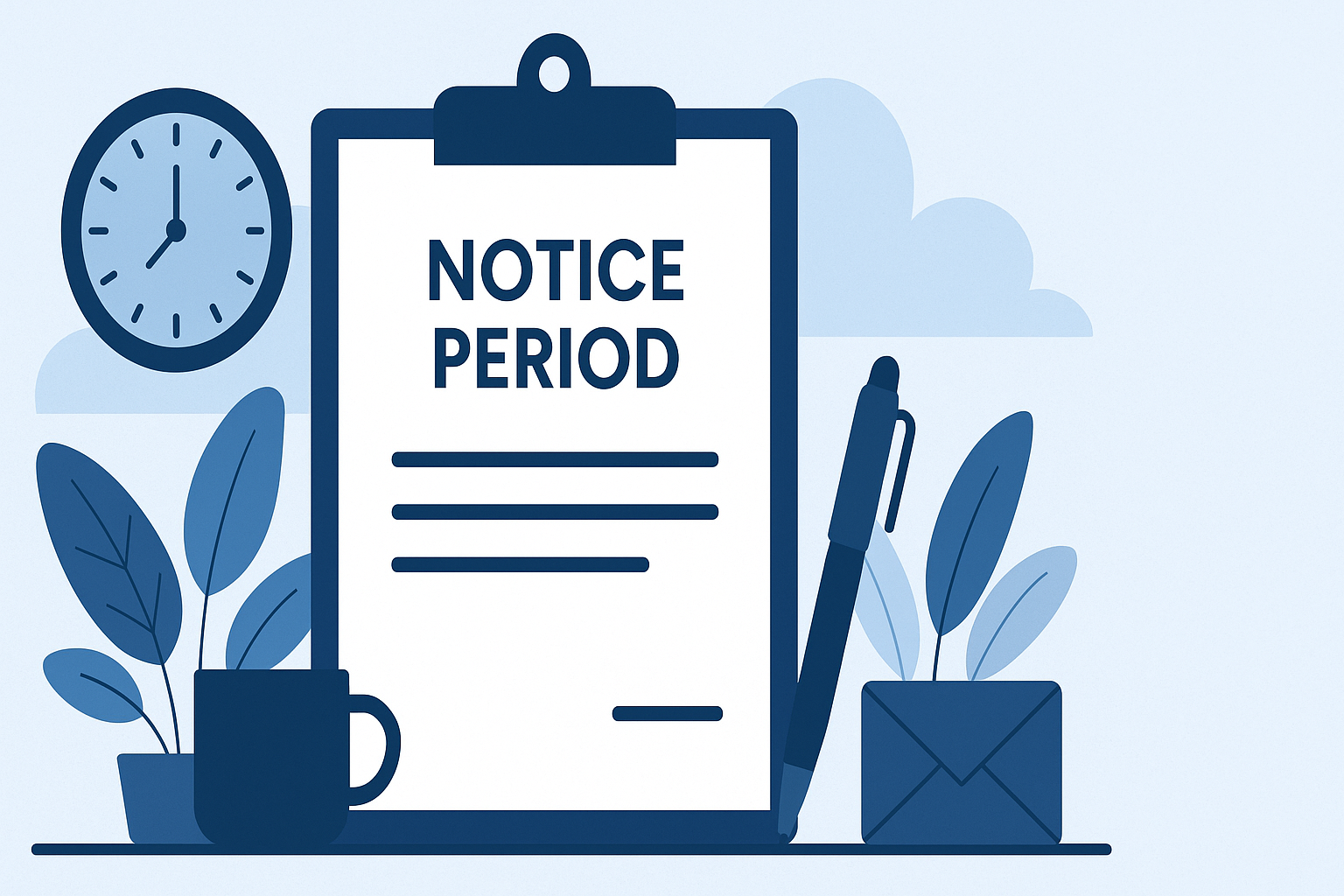Regardless of a person’s role within a company and how much they enjoy their work, taking time off is essential. It gives employees a physical and mental break from the workplace, allowing them to recharge their batteries and return refreshed.
Fortunately, with that goal in mind, employees are legally entitled to a certain amount of annual leave. However, unfortunately, significant numbers of UK workers aren’t receiving their full holiday allowance.
There are a number of reasons for this, including:
- Feeling they’re too busy to take time off: Some employees take pride in being needed and relied upon, even to the detriment of their own wellbeing.
- Similarly, being part of a workplace culture that glorifies lots of work and little rest. In such working environments, employees can feel taking time off can call their work ethic into question and harm their career prospects.
- A lack of awareness of legal leave entitlement– on the part of both workers and management: This can lead to holiday requests being denied and employees not having the necessary knowledge to assert themselves.
As you can see, sometimes it’s an employer’s fault that an employee doesn’t receive their full holiday allowance, while sometimes it’s the worker’s own doing. However, it’s important to emphasise that it’s not just the employee that benefits from taking time off to ‘sharpen the saw’– it’s good for the company too.
In addition to getting a more productive version of the employee, they’re less likely to burn or from stress or fall ill – reducing the amount of sick days taken by staff. After all, annual leave can be planned for, while sick days usually can’t, so it’s wise for businesses to ensure that employees get their entitled holiday allowance. In some cases, even prescribe time off!
What is the legal holiday entitlement?
The legal annual leave entitlement for full-time employees is 28 days. However, it’s up to individual employers whether this includes the 8 UK bank holidays, so, in reality, they only have to legally provide an extra 20 days.
However, part-time workers have the same holiday allowance, just at a pro-rated basis. To calculate this, you’re required to multiply the number of days they work each week by 5.6 (28 days expressed in weeks). For example, for a part-time employees working 3 days a week, it’d be 3 x 5.6 – resulting in an allowance of = 16.8 days.
How to work out your legal holiday entitlement
If you’d like to work out an employee’s annual leave (or your own) based on particular circumstances, such as a start date and end date of employment, you can use our handy holiday entitlement calculator.




